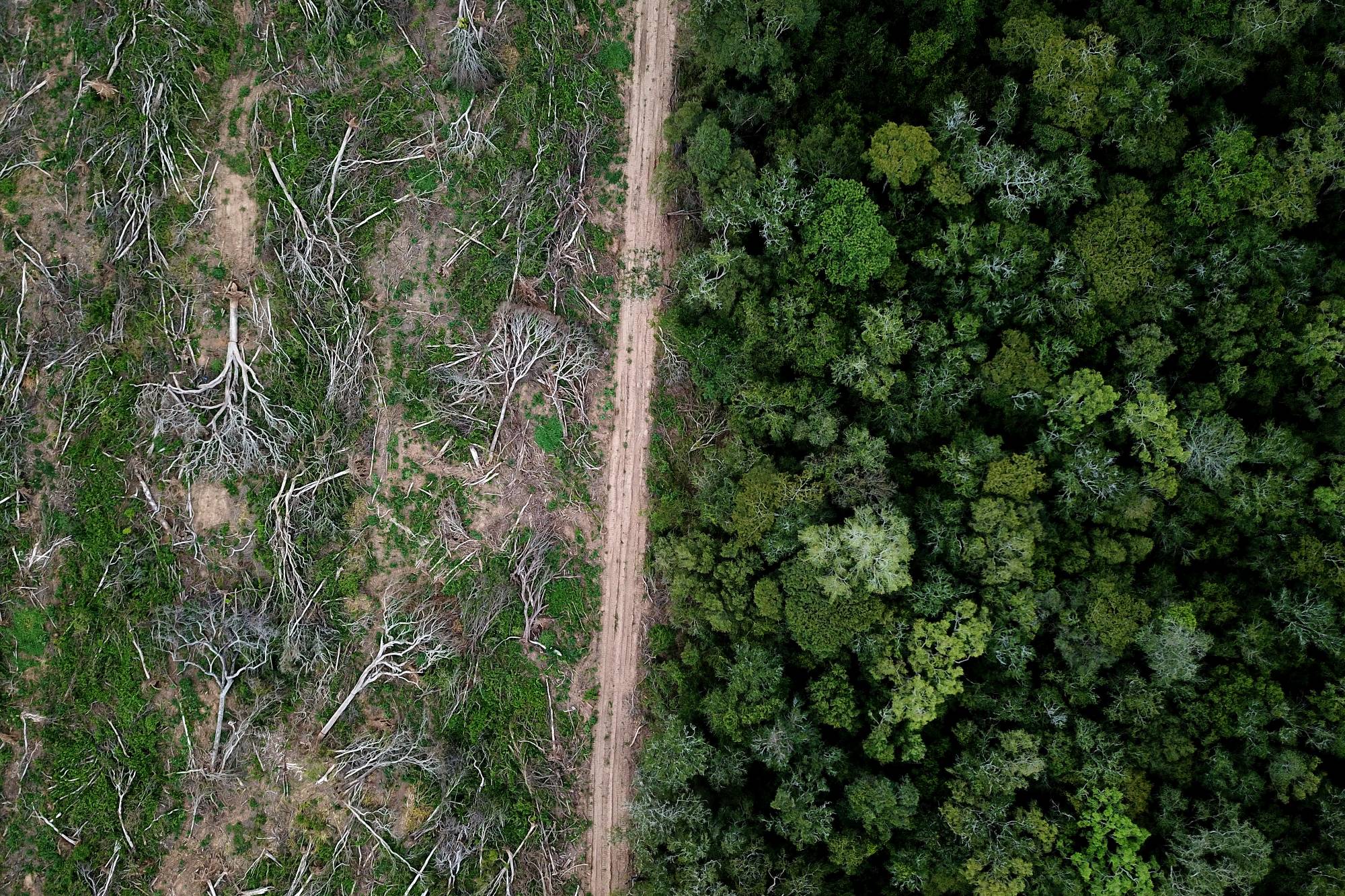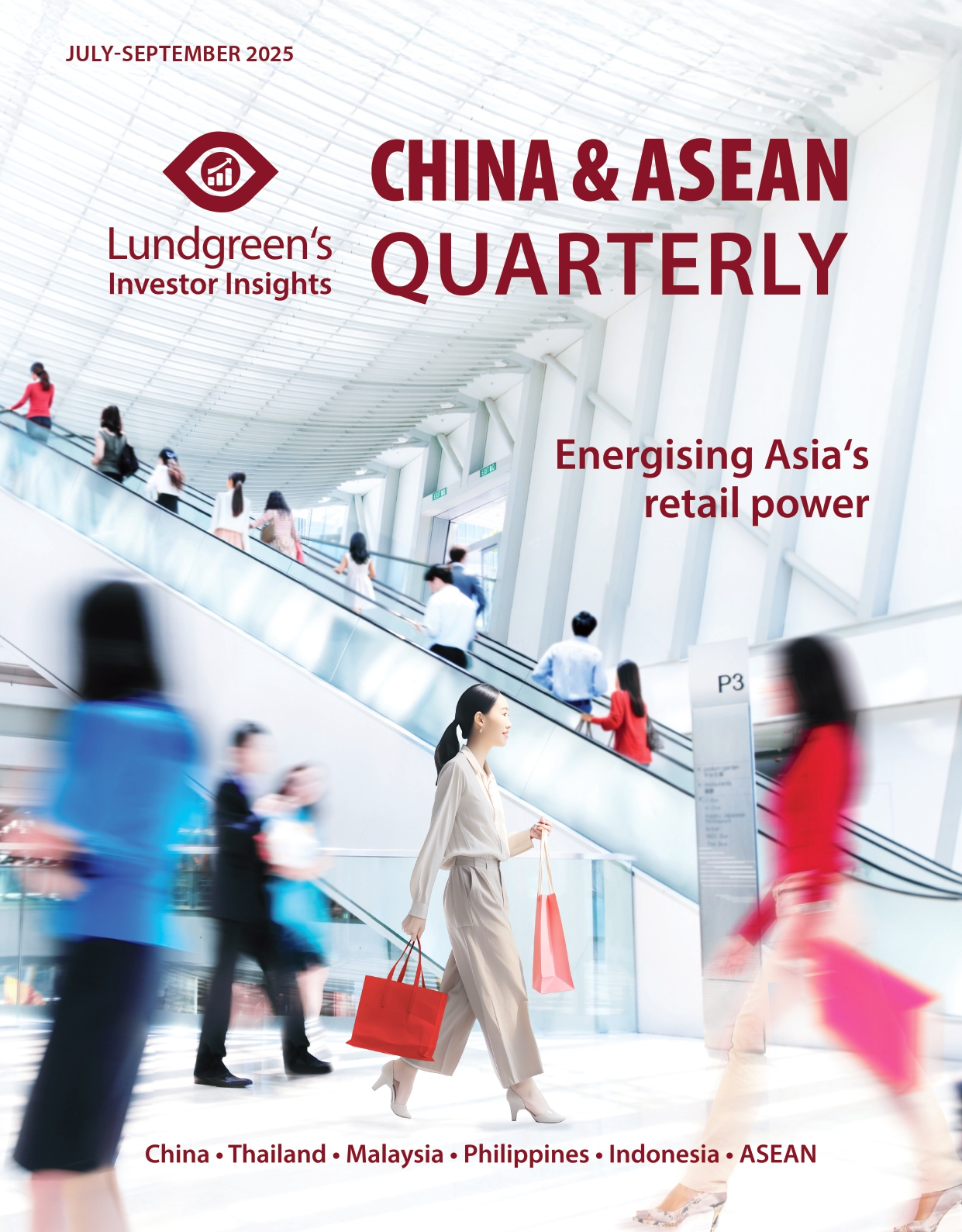Brazil and the future of Amazonia bonds
Brazil, the largest Latin American economy, raised USD 3.6 billion from two offshore green bond offerings in November 2023 and June 2024, putting in motion its target of a 53 per cent reduction in greenhouse gas emissions by 2030. Its bond proceeds would finance public sustainability-linked projects over the next seven years.
A crucial piece in this effort is the preservation of the Amazon rainforest, nearly 60 per cent of which is within Brazil’s borders. The Amazon spans eight countries in Latin America and is a major carbon sink that absorbs greenhouse gas emissions. Meanwhile, the area surrounding the tropical forest is home to about 47 million people, including over 400 indigenous communities.
There are now talks to raise more funds to secure the Amazon’s future through a multi-country “Amazonia” bond offering, with Colombia and Ecuador already on board. Brazil would have to carry the biggest load compared to its neighbours given how badly the country will suffer from the continuing deforestation of the Amazon. President Luiz Inacio Lula da Silva’s “Amazon dream” requires Brazil to take the lead in pushing back against climate change globally through the Amazon Cooperation Treaty Organization (ACTO).
Lula is of the view that developed nations must pitch in a substantial amount of funding for the Amazon’s preservation. He pinned the blame on these countries for forest degradation as they are home to the world’s heaviest industrial pollutants. ACTO demands developed nations to pledge USD 100 billion yearly for climate financing, which must be doubled beginning 2030.
We argue that appetite for the planned Amazonia bonds, which is being coordinated by the Inter-American Development Bank (IDB), would depend heavily on Brazil’s ability to execute decisive climate action (by itself and through steering the ACTO) while keeping its own fiscal house in order.
The IDB tested the waters with a 50-million Brazilian real (USD 9 million) private sector bond float in June to finance sustainability initiatives in the Amazon region. The five-year bonds had been underwritten by J.P. Morgan and fetched a coupon rate of 11.4 per cent, settling lower than the 11.81 per cent yield on bonds issued by the Brazilian government of the same tenor – typical of the so-called “green” premium among bonds. The amount raised, however, is small compared to ACTO’s estimated annual funding requirement of USD 100 billion.
In August, the World Bank raised USD 225 million through a nine-year Amazon Reforestation-Linked Outcome Bond, with USD 36 million funding the reforestation drive of Brazil-based Mombak.
Reputation in the balance
Green financing is in full swing among Brazil’s corporates, with the World Bank reporting USD 7.2 billion worth of sustainable debt issued in 2022 alone. The Brazilian government managed to replicate this success with its maiden sovereign sustainable bond that fetched a USD 6-billion order book last year, while the May issuance saw USD 4.7 billion in total demand.
The seven-year notes benefited greatly from the Brazilian government’s Sovereign Sustainable Bond Framework that codified the rules for green bond issuances, providing assurance to global investors about the country’s capacity to pay and its firm resolve towards climate action. Credit rater S&P expects Brazil, along with Chile and Mexico, to remain the leader in Latin America’s green bond scene. This is expected to inspire more green bond issuances into 2025.
Framework aside, investors understand Brazil must still contend with the country’s regular borrowing demands for its other spending needs – a tricky balancing act as the economy struggles to manage its debt burden. As seen in Graph 1, Brazil’s sovereign debt already reached 77.75 per cent of GDP as of November 2024.

Gross public debt peaked at 87.7 per cent of GDP in October 2020 as Brazil took on more loans to finance emergency spending due to the COVID-19 pandemic. The last time the country’s debt burden stood below 60 per cent of GDP – deemed internationally as the healthy threshold – was in 2015, although high leverage ratios are typical among developing economies.
Piling debt requires countries to allocate more annual budget into paying off maturing loans which takes away resources for public expenditure items, including response to the climate emergency.
Brazil remains rated at junk status by global debt watchers. For one, Fitch Ratings said the country’s rating is negatively affected by domestic concerns on political stability, rule of law, and control of corruption that dampen Brazil’s creditworthiness. To compensate, sovereign bonds are priced higher to attract buyers.
High borrowing rates
Another consideration for future green bond offerings would be the global interest rate scenario.
Borrowing rates stand high since the US Federal Reserve unleashed a series of rate hikes in 2022 to rein inflation in. This has triggered capital outflows from developing economies as investors seek better yields. Countries like Brazil have had to raise domestic interest rates to stay competitive and woo investors back, even if it means spending more to pay its future obligations.
Graph 2 shows that Brazil is paying 1.8 percentage points above US-issued notes for green bonds of the same tenor. These sustainable papers are priced 5-6 percentage points lower than yields on five-year government-issued notes for general government borrowing.

Greater global cognizance of financing initiatives for sustainability and climate change mitigation bodes well for Brazil’s green bond portfolio. Lower interest rates for sustainable bonds may spill over to benefit its other borrowing activities and bond offerings to manage and repay outstanding loans.
Brazil stands to gain from this “warm glow” effect among global market players –– and when combined with improvements in domestic institutions, this would raise investor confidence towards the economy. There is no question that the interest in Amazonia bonds is strong amid the urgent fight against global warming. However, investors want assurance about the ability of Brazil, or any entity taking charge of climate action, that they can walk the talk in attempts to protect the Amazon.
This original article has been produced in-house for Lundgreen’s Investor Insights by on-the-ground contributors of the region. The insight provided is informed with accurate data from reliable sources and has gone through various processes to ensure that the information upholds the integrity and values of the Lundgreen’s brand.






